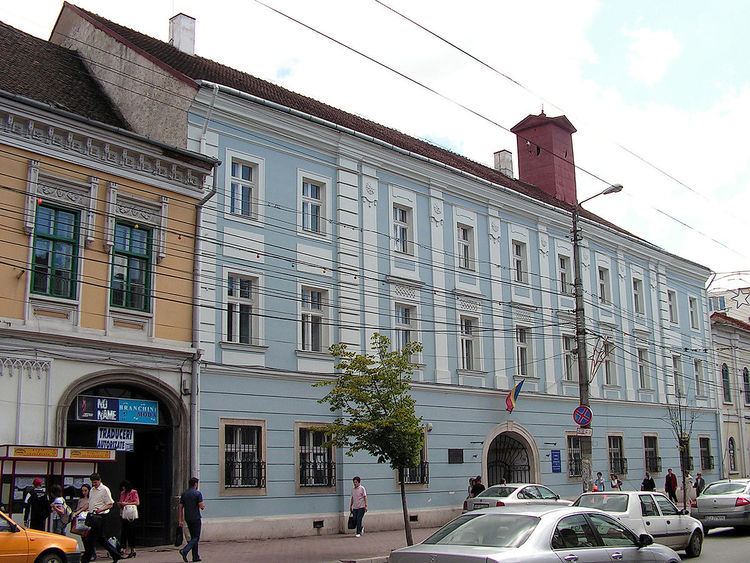Phone +40 264 592 344 | ||
 | ||
Hours Closing soon · 10AM–6PMWednesday10AM–6PMThursday10AM–6PMFriday10AM–6PMSaturday10AM–6PMSunday10AM–6PMMondayClosedTuesdayClosed Similar Parcul Etnografic „Romulus, Cluj‑Napoca Bánffy Palace, National Museum of Transylva, Museum Square, Cluj‑Napoca Botanical Garden | ||
Ethnographic museum of transylvania first ethnographic museum in romania cluj napoca
The Transylvanian Museum of Ethnography (Romanian: Muzeul Etnografic al Transilvaniei; Hungarian: Erdélyi néprajzi múzeum) is situated in Cluj-Napoca, Romania. With a history of more than 80 years, the Ethnographic Museum of Transylvania is one of the first and greatest of its kind in Romania. It has two exhibition sections, one of which is to be found in downtown Reduta Palace (21, Memorandumului Street), while the other exhibition section is the open-air Romulus Vuia Park situated on the city's north-west side, in Hoia Forest.
Contents
- Ethnographic museum of transylvania first ethnographic museum in romania cluj napoca
- History
- Collection
- Reduta Palace
- The Ethnographic Park Romulus Vuia
- References
History
Muzeul Etnografic al Transilvaniei was founded June 16, 1922.
Collection
The museum has a collection of more than 50,000 objects reflecting the occupations, the habits and the life style of the Transylvanian rural population. Part of this collection is to be found in the Reduta Palace while the rest of the objects are in the open-air section.
Reduta Palace
The collection here presented is a representative selection of the items and clothes used in rural everyday life. Besides, Reduta Palace also houses a collection of some 50,000 photographs and some 5,000 diapositives. The library of the museum has some 12,000 scholarly journals and specialized magazines.
The Ethnographic Park "Romulus Vuia"
Parcul Etnografic Romulus Vuia, the open-air section of the museum. It opened to the public on April 12, 1929, which makes it the first open-air museum in Romania. However, the park is closed to the public from the beginning of November to the end of April.
The most ancient objects here exhibited date from 1678. The park's main collection is composed of:
